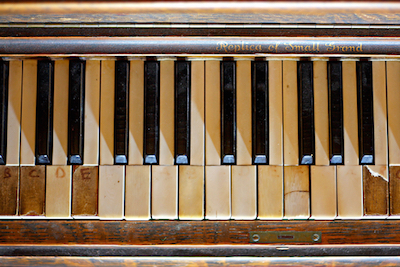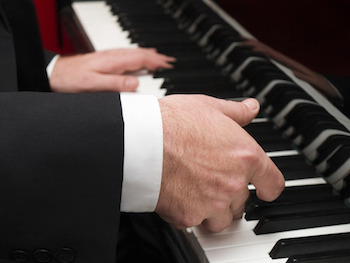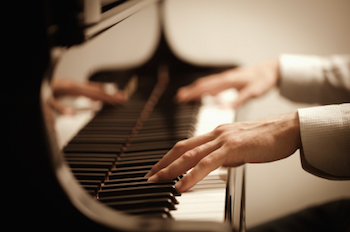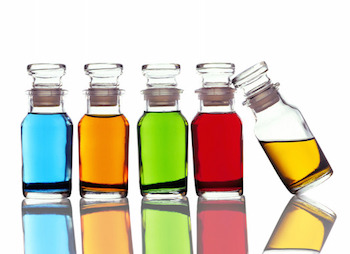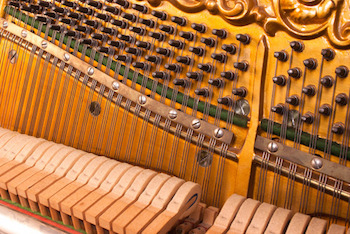Sometimes the outside of your piano might not look the best. There are water stains and rings from where glasses of water have spilled. The side panel is looking a little faded and worn. If you had to describe it, you’d probably use the term “well loved.”
With just a little TLC – a coat of paint or a quick coat of stain, it would look as good as new. Right?
There are a few things you should consider.
Has the musical part of the piano been restored?
If not, you may be approaching things in reverse. Pianos age over time. What shows on the outside of the piano is also often apparent on the inside. That means if the outside is showing wear and tear, the inside could probably benefit from a little TLC too. Just because the outside looks great doesn’t mean the piano will play well and be something you’re proud to display in your home.
Is there serious damage to the cabinet?
If the cabinet is just ugly because it’s been painted the wrong color in the past, it may be a simple remedy. However, if the piano has had serious water damage, if veneer is falling off, or if the wood is splintered and damaged, it can be a sign of more damage. Before you begin, ensure that the cabinet only has surface damage. Do all parts fit well together? If it is a grand piano, are the lure, desk, and lid in good solid condition? Are all pieces in relatively good condition? While simple work is possible both to repair and replace, always be aware that the more extensive the damage on the outside, the more potential problems you may find on the inside.
Are you prepared to paint it rather than stain it?
If the finish has been severely damaged, you can strip it, fill in the damaged wood with wood filler, sand it, and paint it. Depending on your home’s decor, a coordinating color can make it very rewarding. Staining brings every detail, every problem into the light. Depending on the color you select, you can hide some of the external flaws. However, stick with white, off-white, or even a more modern color. Attempting to spray on black lacquer should only be attempted if you have a spraying booth for best results.
Why are you refinishing the piano?
For some people, a piano is a family heirloom that has been passed down for generations. It’s rarely played. Instead it is showcased as a piece of fine furniture. If that’s the case, ensuring the outside looks great may be the right choice for you. However, if your goal is to create a musical instrument for you and your family to enjoy, realize that the inside is equally important. Renovating the entire instrument at once is a much better plan.
Do you have the ability to do this?
Refinishing a piano isn’t the same as slapping on a coat of paint. There are a lot of details that can impact the final look if they aren’t refinished in the proper way. Also understand that even with painting a piano, the sanding process shouldn’t be overlooked to remove water stains and rings, and any imperfection that exists in the wood. This is a delicate job, as any sand that gets into the mechanics of the piano can make it unplayable at best.
If you have any questions or reservations, it’s best to talk with a professional first.

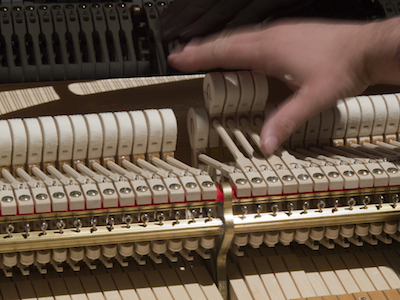 Repairing a piano isn’t brain surgery. Yet a piano is a delicate instrument with thousands of parts that work together to create beautiful sound. And if even one piece isn’t working up to par, it can impact the sound entirely.
Repairing a piano isn’t brain surgery. Yet a piano is a delicate instrument with thousands of parts that work together to create beautiful sound. And if even one piece isn’t working up to par, it can impact the sound entirely.

